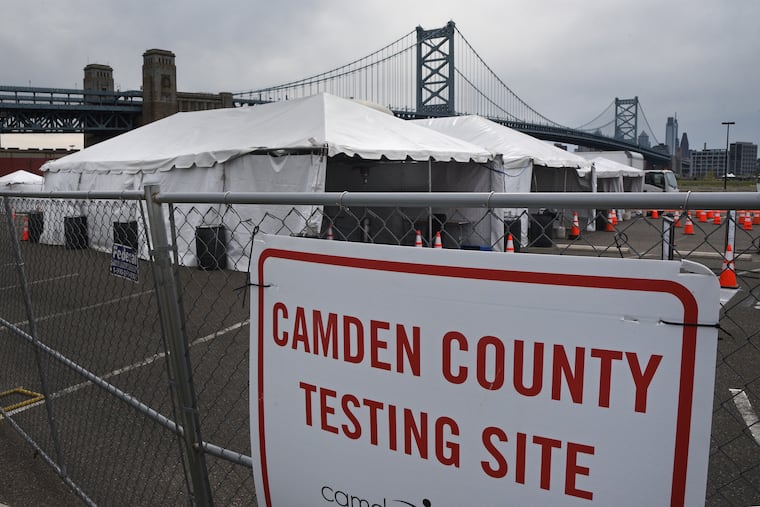Healthy people in their 30s and 40s, barely sick with COVID-19, are dying from strokes
Thomas Oxley wasn't even on call the day he received the page to come into Mount Sinai Beth Israel Hospital in Manhattan. There weren't enough doctors to treat all the emergency stroke patients, and he was needed in the operating room.
